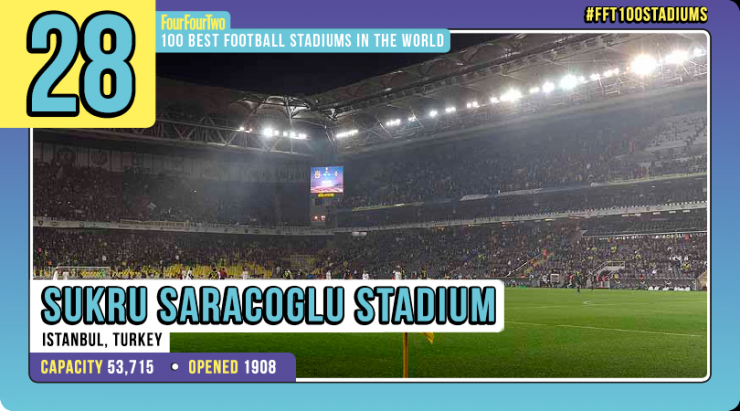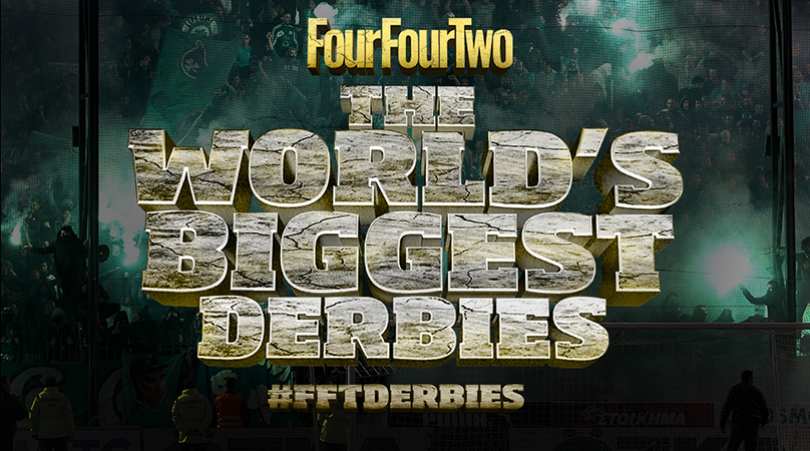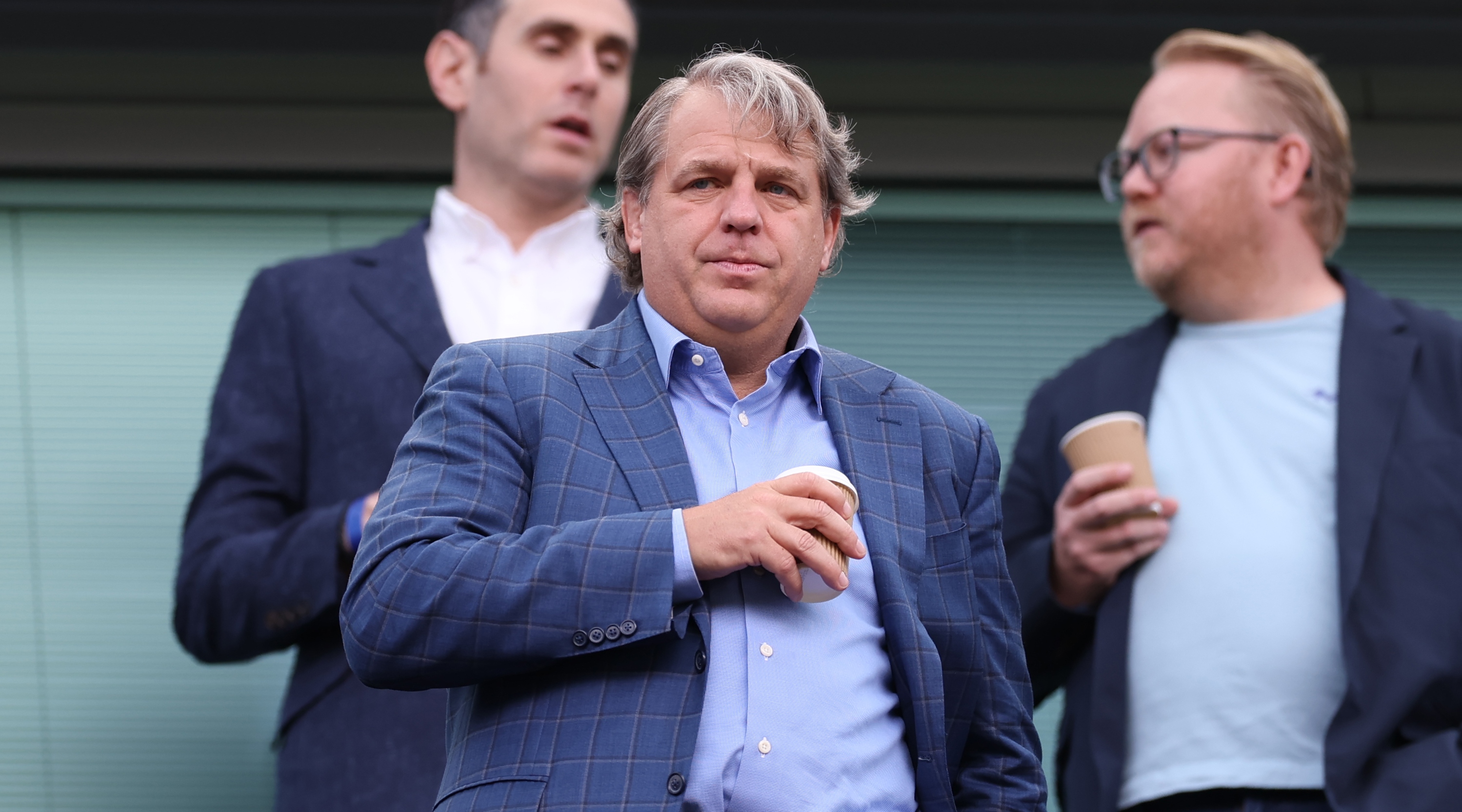FourFourTwo's 50 Biggest Derbies in the World, No.6: Fenerbahce vs Galatasaray
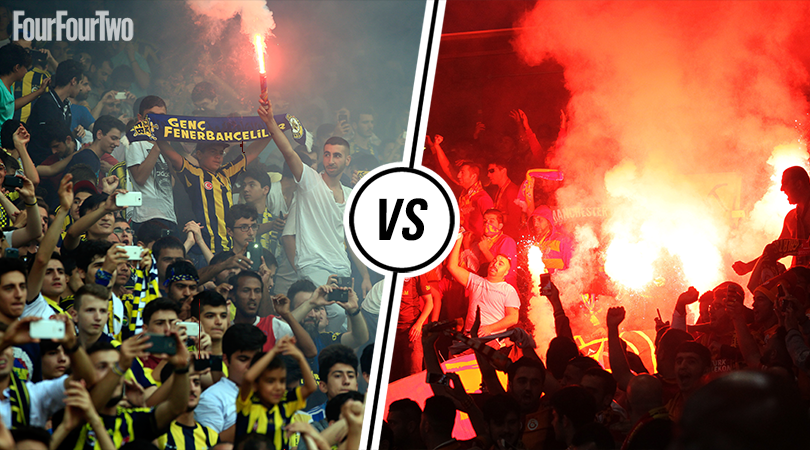
“It wasn’t the smartest thing I’ve ever done,” was Graeme Souness’s assessment of his contribution to Intercontinental derby folklore back in 1996.
When it comes to planting flags, like all things in life, there’s a time and a place. After landing on the Moon, yes. In the middle of Fenerbahce’s pitch if you’re the Galatasaray manager and you’ve just beaten them in a cup final, no. Definitely no.
“When I planted it and turned around, I quickly realised there were a number of supporters trying to get on to the pitch,” Souness recalled.
Thankfully for Souey, he at least emerged unscathed from his ill-timed homage to Neil Armstrong and Buzz Aldrin. Well OK, it wasn’t actually in honour of Buzz, it was a response to the vice president of Fenerbahce, who had branded Souness ‘a cripple’ following the Scot’s open-heart surgery.
“The foulest... the lowest”
There’s never been much love lost between two Istanbul clubs from different sides of the Bosphorus – in fact, from different continents. Galatasaray are from Europe, Fenerbahce just a few miles east in Asia.
“Fenerbahce are the worst team in the world,” a rather agitated Galatasaray fan once told FFT. “The foulest, the lowest, the most dishonourable. They’re nothing and their fans are even less.” Rest assured, the feeling is mutual.
Get FourFourTwo Newsletter
The best features, fun and footballing quizzes, straight to your inbox every week.
The Intercontinental Derby doesn’t fit neatly into any of the classic paradigms for local rivalries. There is no ethnic split between the clubs and no religious divide, although historically, social class played a part in forging the identity of each.
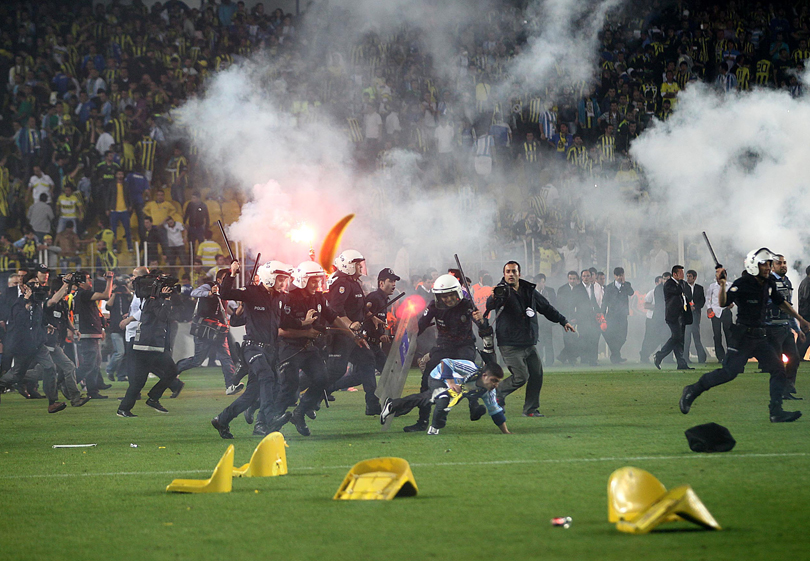
In the 1970s, a leading Turkish academic (and Fenerbahce fan) described Galatasaray as the club of the Europeanised aristocracy, labelling Fenerbahce as the club of the bourgeoisie.
Galatasaray were founded by old boys from Istanbul’s equivalent of Eton, the Galatasaray High School, a 400-year-old institution built to provide a French-language education for the elites of the Ottoman Empire. It was there, in 1907, that Ali Sami Yen convinced a group of his friends that they should start a football team, presenting them with a ball repaired with leather cut from his own shoes.
Fenerbahce, meanwhile, were a club built on the new money of an economically thriving Anatolia. They were regarded as a microcosm for the rapidly modernising Asian Turkey: ambitious, hard-working, financially astute.
Ataturk the icon
The club’s identity with the Asian hinterland goes all the way back to Fenerbahce’s most famous fan: Mustafa Kemal Ataturk, the hard-drinking general and statesman who is regarded as the founder of the modern Turkey in 1923, and who is supposed to have blessed Fenerbahce with a wish for their “eternal success”.
Laying claim to the support of such a talismanic national icon is controversial, but most now accept that Ataturk did have a special affection for Fenerbahce, and the story of the great man’s visit to the ground by the shores of the Marmara Sea in 1918 is enshrined in the club’s official history.
The club and its fans are fiercely proud of their support for the war Ataturk fought against invading Greeks to establish the Republic of Turkey amid the wreckage of the Ottoman Empire. Club folklore tells of midnight intrigue when Fenerbahce took advantage of its waterfront location to help smuggle arms and support from then-occupied Istanbul to Ataturk’s army in central Turkey.
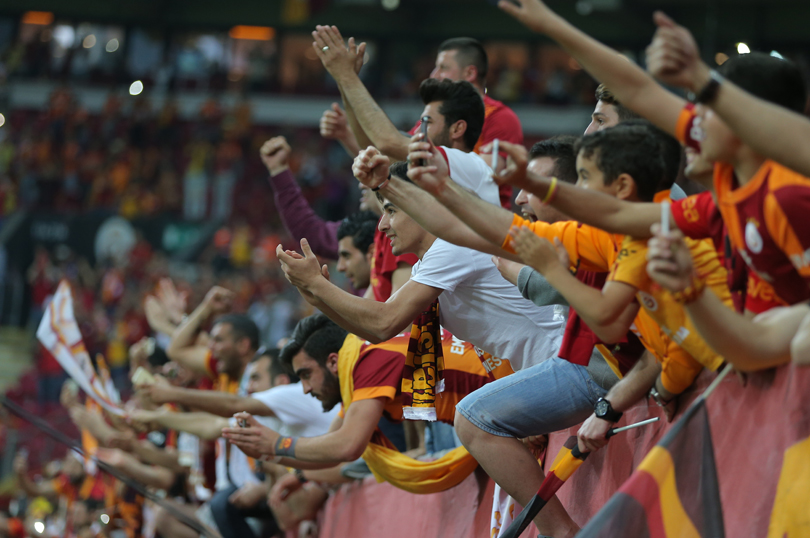
But history has only a limited effect on today’s allegiances. “Other major derbies may have ethnic or religious differences or class at their roots, but in Turkey, things are different,” one fan told FFT. “Here, choice of club is like a kind of democratic citizenship. Anyone can become a supporter of any club. Each club has to compete for every new-born child.”
English influence
Forget Glasgow, forget Barcelona. This is the biggest derby in the world
Galatasaray won the first derby in 1909, with one of the goals scored by an English expat by the name of Horace Armitage. He was the first of many to play for both clubs. Changes of allegiance being relatively commonplace, they don’t tend to generate too much heat – with one or two notable exceptions, among them Haim Revivo.
A Fener fans’ favourite, the Israel midfielder walked out on them suddenly in January 2003, claiming ill-treatment. Not short of offers from around Europe, he appeared to cock a snook at his old employers by signing a two-year deal across the Straits. Revivo probably thought better of his decision when, during a stint laid up in hospital, he looked out of his window to see the building besieged by angry Fenerbahce fans brandishing banners bearing the legend ‘Traitor’. A few months later he was heading back to Israel.
Tension had first started to build up in 1934, when a mid-match brawl forced the abandonment of a friendly match between Cimbom and the Yellow Canaries. These days, the two clubs have supporters scattered across the planet.
“Forget Glasgow, forget Barcelona,” said one fan, who had travelled 870 miles from near the Syrian border to watch this fixture. “This is the biggest derby in the world.”
FFT's 50 Biggest Derbies in the World: 50-41 • 40-31 • 30-21 • 20-11 • 10 • 9 • 8 • 7 • 6 • 5 • 4 • 3 • 2 • 1
#FFTderbies The 50 Biggest Derbies in the World: list and features here

Chris joined FourFourTwo in 2015 and has reported from 20 countries, in places as varied as Jerusalem and the Arctic Circle. He's interviewed Pele, Zlatan and Santa Claus (it's a long story), as well as covering the World Cup, Euro 2020 and the Clasico. He previously spent 10 years as a newspaper journalist, and completed the 92 in 2017.
